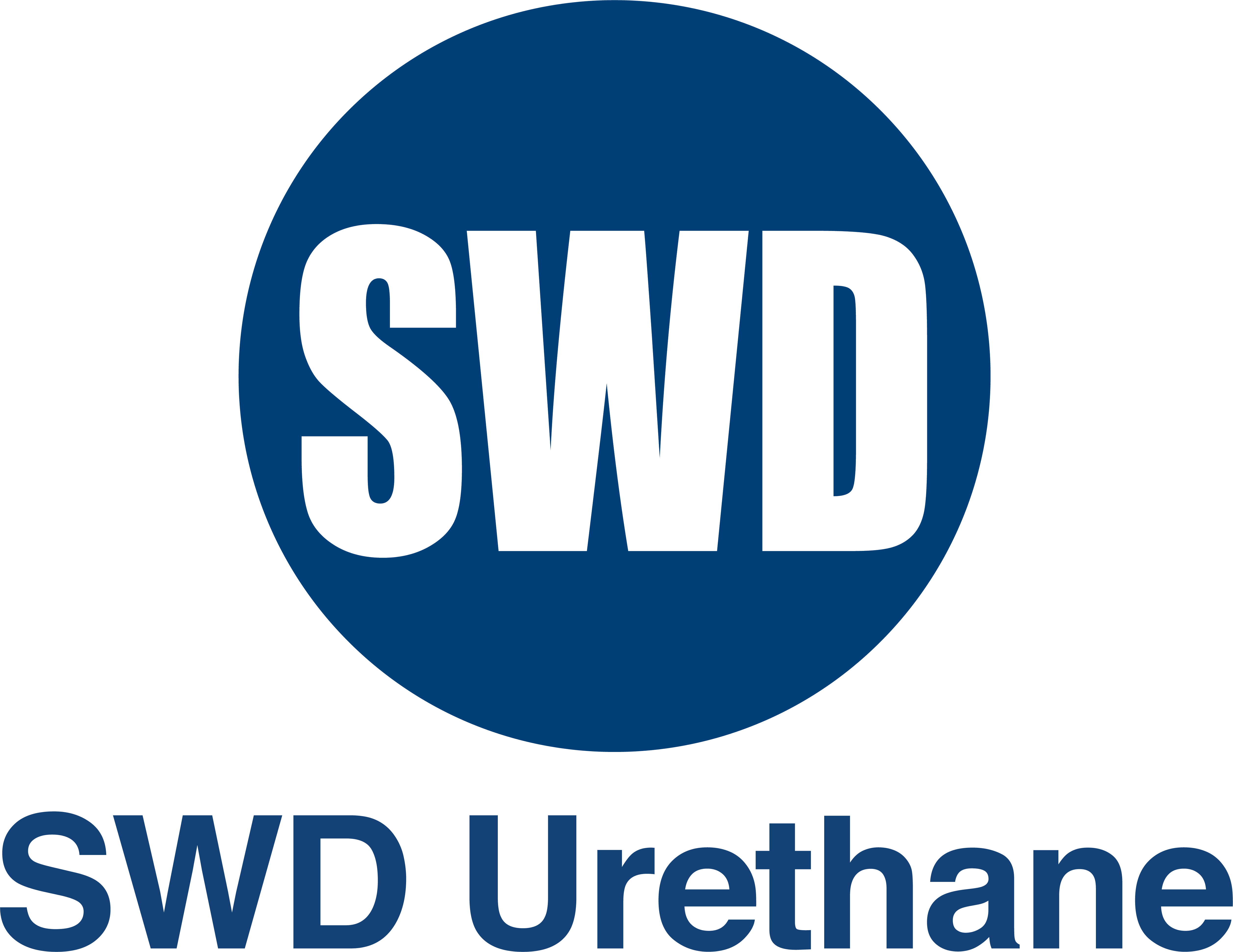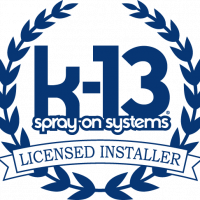Homeowners less acquainted with the world of insulation might believe fiberglass batts and rolls are the only option. Little do they know, alternatives such as spray foam and mineral wool have greater insulation properties. A contractor in Northern California will introduce you to options that are best for your home, but for now, here’s what you need to know about the types of home insulation.
Rigid panels
Rigid panels are constructed with dense foam that’s cut to fit in between stud cavities, floor joists and rafters. The panels can have an R-value up to 6.5 and are one of the most effective insulation materials on the market. They’re also much more resistant to moisture than other materials, which makes them a good option for attics.
Foam boards are sometimes covered with a reflective barrier like aluminum foil to provide additional insulation. Unlike fibrous materials, foil deflects heat from the sun and is especially useful during Northern California summers. Reflective barriers work best in the attic.
Loose fill
This insulation method involves attaching a hose to a condensed bag of material and blowing it into a closed space. Loose-fill insulation is available in a variety of materials, which includes cheap and eco-friendly options. Unlike batts and rigid panels, loose-fill insulation has a tricky installation process and is best left to the professionals.
Though fiberglass is cheapest, consider insulating your attic with loose-fill cellulose. It has a higher R-value than fiberglass and is made from recycled paper products. Cellulose won’t mat down like fiberglass when it gets wet, and it can release moisture back into the air.
Batts and rolls
Batts and rolls are the easiest to install on your own and widely available in hardware stores across Northern California. They’re great for any room of the house that still has exposed stud cavities in the walls. All you have to do is cut the batting to size and adhere it to the wooden frame. Remember to put on gloves before handling fiberglass batts and rolls.
If you have a larger budget, go with mineral wool batts. Mineral wool is denser, which means it’s less prone to retaining water and losing its insulating properties. The batts and rolls have a higher R-value than fiberglass and will make your home more energy efficient.
Spray foam
Spray foam is one of the most important types of home insulation that you need to know about. It’s the perfect solution for sealing tiny gaps and works great alongside insulation that’s already in place. Closed-cell foam is super effective, yet costly, because its R-value of 6.2 is hard to beat. A professional can spray entire walls with closed-cell foam, but only if you’re prepared to shell out thousands more on top of the average installation price.
The types of insulation mentioned above are just a starting point. There are many other materials to choose from, each with their unique benefits and drawbacks. All the options can get overwhelming, but a knowledgeable expert from Ace Insulation Inc. can help you make an informed decision. Send us a quick message to get started!


